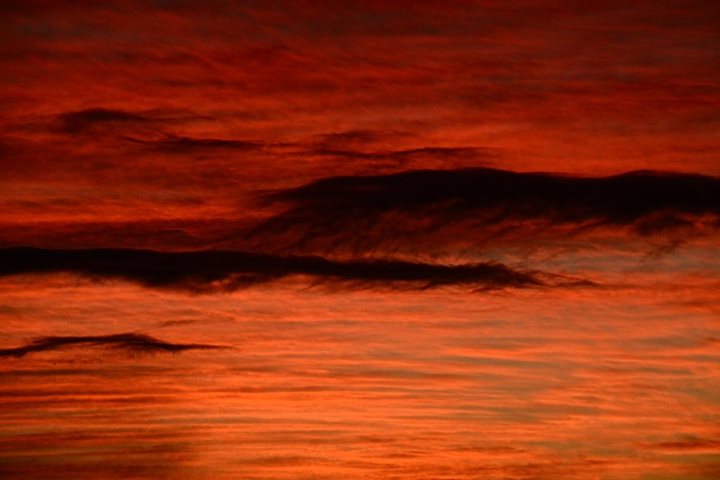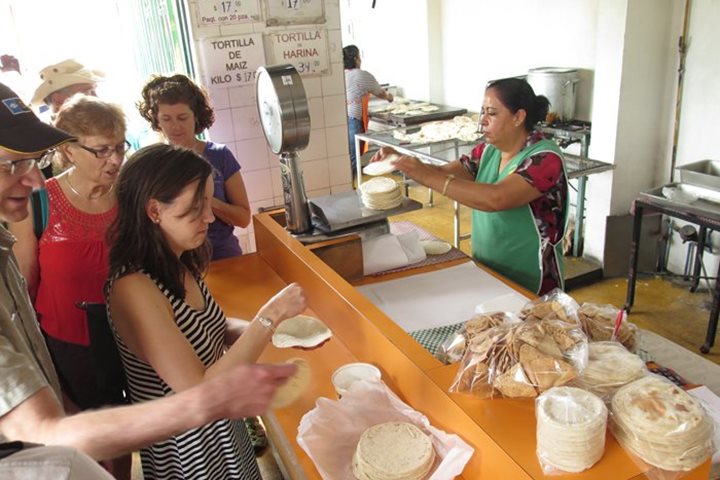We couldn’t have started the first full day of our expedition in a better way, with a glorious sunrise and a humpback whale singing right next to us! As the National Geographic Sea Bird headed towards the southern tip of the Baja California peninsula, we encountered the whale, and after stopping and lowering a hydrophone into the water, we had the privilege of listening live to the intriguing amazing vocalizations of the whale! That alone gave us a bit more information about that particular whale, as is known that only male humpbacks sing, and they only do so on their winter breeding areas. We listened for a while, some of us even taking advantage of the many capabilities of smartphones to record video clips of the hydrophone in order to capture the whale’s song. Later we continued our previous course and arrived to Land’s End, also known as the Friar’s Rocks, to see the world famous granite arch that has become the symbol of Cabo San Lucas.
During the rest of the morning we sailed northeast around the tip of the peninsula and arrived to Cabo Pulmo. Declared a Marine Park by the Mexican government in 1995 and a National Park in 2000, Cabo Pulmo is a protected area of small size but immense significance. The local commercial fishermen were the ones who voluntarily decided to stop fishing and together with researchers from the University of La Paz, pushed the government to protect it. The government agreed and the locals made sure to enforce the protection; they endured some hard times when they tried to make a living by doing other kinds of jobs but shortly afterwards they started noticing that fish populations were coming back. Researchers kept track of the process and their results, published a couple of years ago, showed that total biomass in the park rebounded an astonishing 463% in a bit more than a decade. That number is the biggest recovery of fish and invertebrate populations of all marine reserves in the world! We had the chance to witness a bit it by snorkeling there during the afternoon and see firsthand how there is always room for hope, how it is possible to help things when we let nature rest.







